Growing Concerns Over Herbicide Resistance
The escalating issue of herbicide resistance among weed populations is a critical factor influencing the Dicamba Herbicide Market. As certain weed species develop resistance to commonly used herbicides, the need for alternative solutions becomes increasingly urgent. Dicamba, with its unique mode of action, offers a viable option for farmers seeking to combat resistant weeds effectively. Reports indicate that the prevalence of resistant weed species has surged, prompting a shift in herbicide application strategies. Consequently, the demand for Dicamba herbicides is expected to rise as farmers look for effective means to manage these challenging weed populations, thereby driving market growth.
Increasing Adoption of Herbicide-Tolerant Crops
The adoption of herbicide-tolerant crops is a pivotal driver in the Dicamba Herbicide Market. Farmers increasingly favor genetically modified crops that can withstand the application of Dicamba, allowing for more effective weed management. This trend is evidenced by the rise in acreage planted with Dicamba-tolerant soybeans and cotton, which has reportedly reached over 60 million acres in recent years. The ability to control resistant weed species while minimizing crop damage enhances the appeal of Dicamba herbicides. As agricultural practices evolve, the integration of these crops into farming systems is likely to bolster the demand for Dicamba herbicides, thereby shaping the market landscape significantly.
Expansion of Agricultural Land and Crop Production
The expansion of agricultural land and the increase in crop production are significant drivers of the Dicamba Herbicide Market. As the global population continues to grow, the demand for food production intensifies, leading to the cultivation of more land for agriculture. This expansion often necessitates the use of herbicides like Dicamba to ensure optimal crop yields. Recent data suggests that agricultural land has expanded by approximately 1.5% annually, with a corresponding rise in herbicide usage. The need for effective weed control solutions to maximize productivity in newly cultivated areas is likely to propel the demand for Dicamba herbicides, thereby influencing market dynamics.
Technological Innovations in Application Techniques
Technological innovations in application techniques are transforming the Dicamba Herbicide Market. Advances in precision agriculture, such as drone technology and GPS-guided sprayers, enable more accurate and efficient application of Dicamba herbicides. These innovations help reduce off-target movement and improve the effectiveness of weed control. Recent studies indicate that precision application can enhance herbicide efficacy by up to 30%, making it an attractive option for farmers. As these technologies become more accessible, the adoption of Dicamba herbicides is expected to increase, driven by the desire for improved application methods that align with modern agricultural practices.
Rising Awareness of Sustainable Agriculture Practices
The increasing awareness of sustainable agriculture practices is shaping the Dicamba Herbicide Market. Farmers are becoming more conscious of the environmental impact of their agricultural practices, leading to a preference for herbicides that can be used responsibly. Dicamba, when applied according to label instructions, can be part of an integrated weed management strategy that minimizes environmental harm. This shift towards sustainability is reflected in the growing number of certifications and programs promoting responsible herbicide use. As farmers seek to balance productivity with environmental stewardship, the demand for Dicamba herbicides is likely to grow, aligning with sustainable agricultural goals.


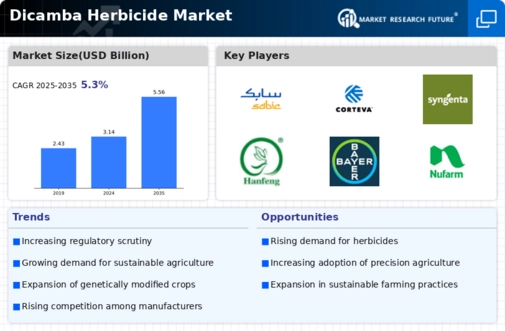
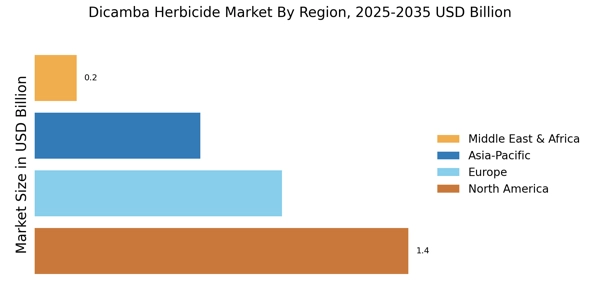


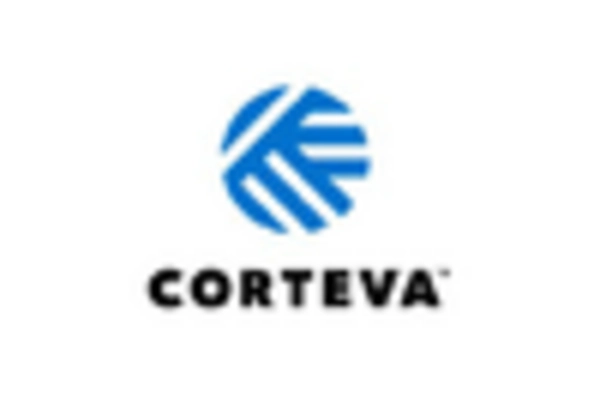
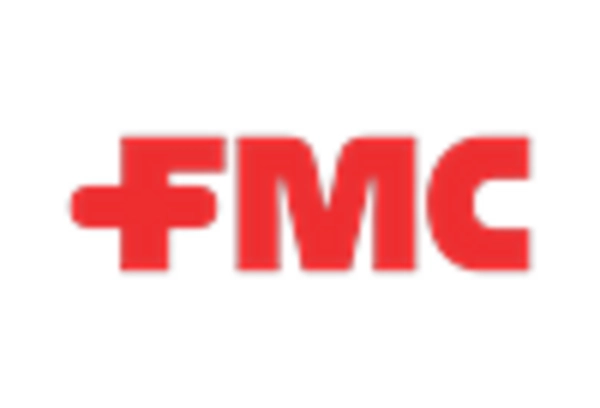
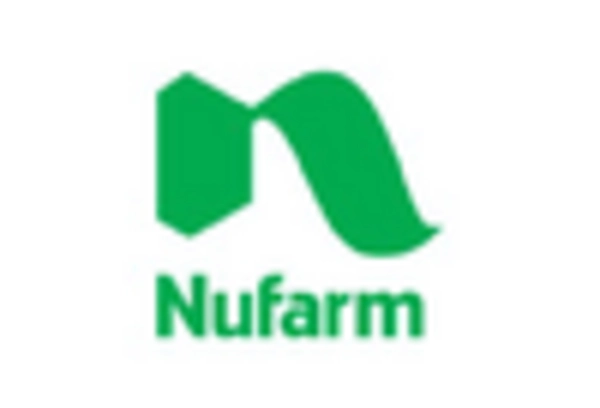
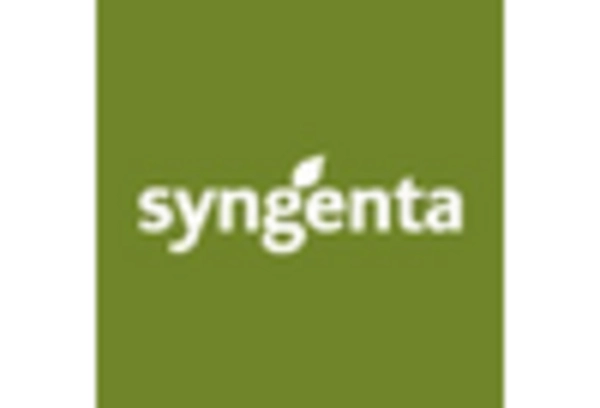








Leave a Comment